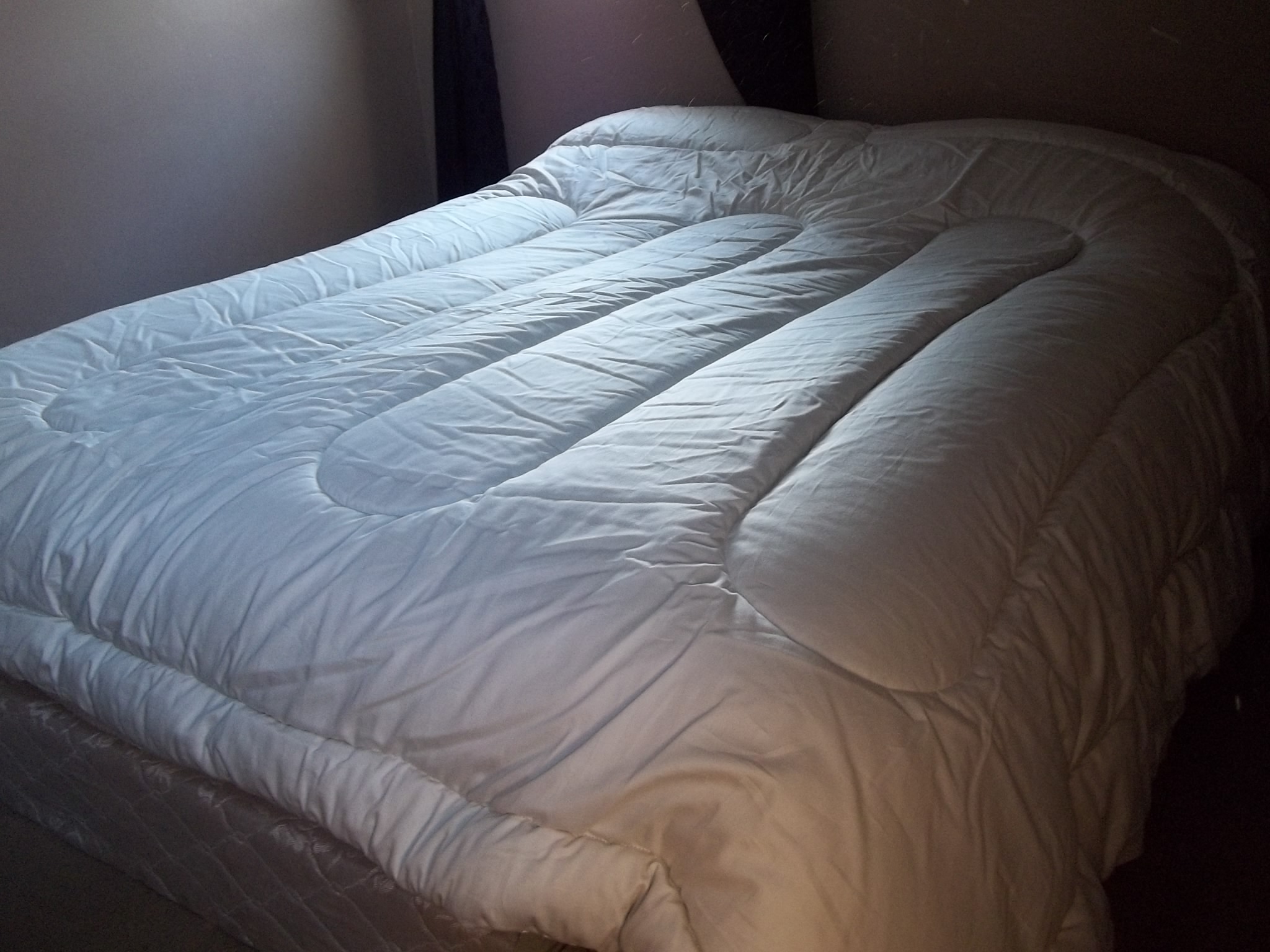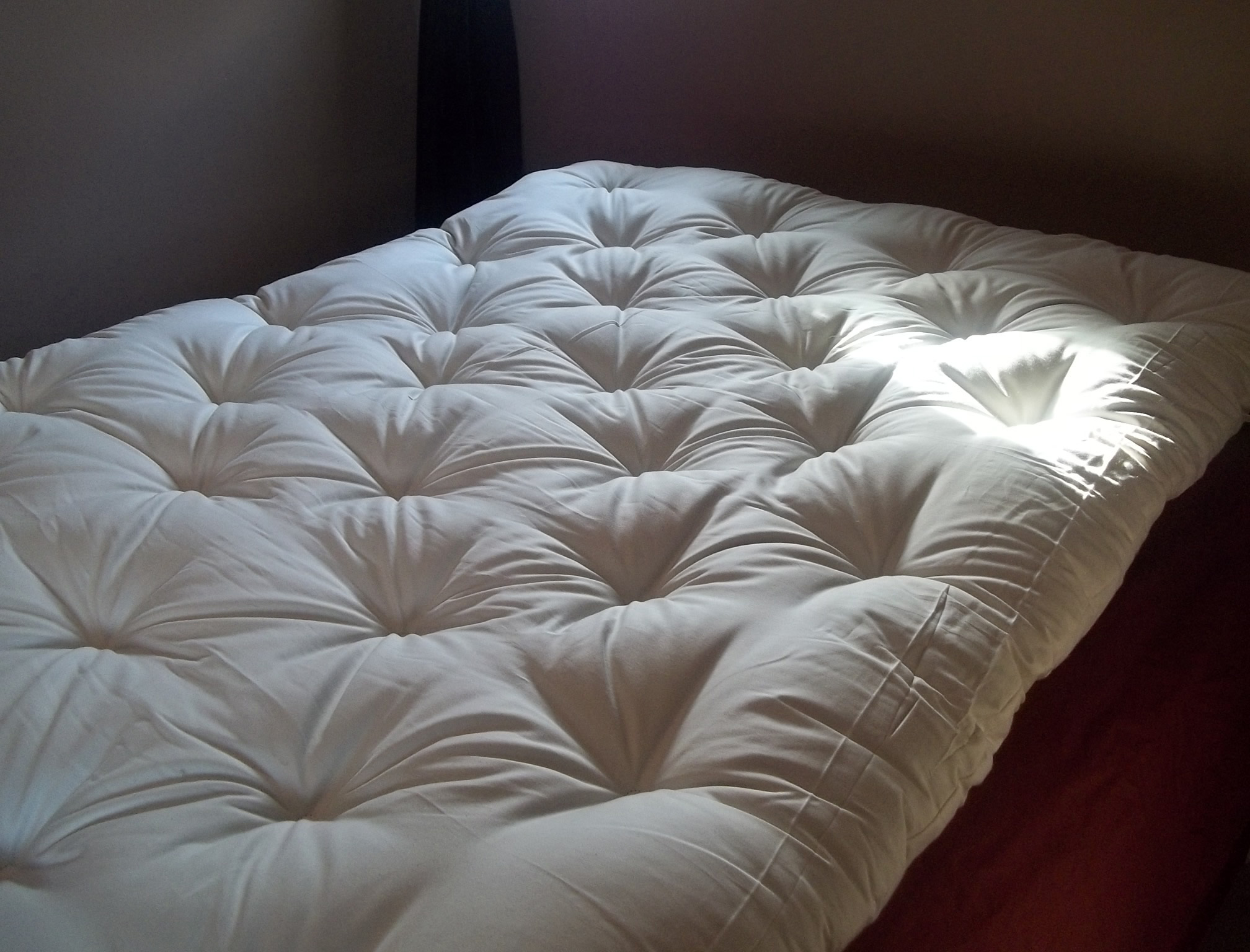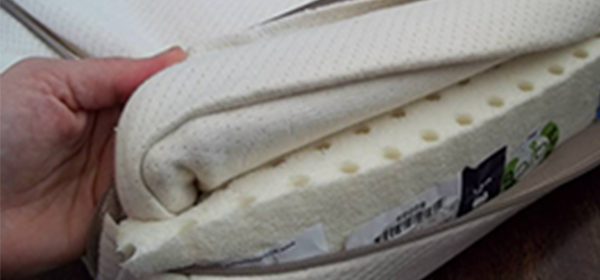| 4th Century BC |
Herodotus Zanzibar |
Claimed to have seen natives playing with balls from Lydia which bounced high in the air. This seems to be the only reference to “rubber” in the old world. |
| 6th Century |
Aztecs & Mayas Mexico & Central America |
Played with balls, dipped feet to make shoes, coated fabrics etc. Gulf of Mexico. (Pictures copied in National Museum, Mexico) |
| 1493 |
Columbus Haiti |
1st European recorded to have seen rubber balls but second hand observation – not recorded by Columbus himself. |
| 1528 |
H Cortez Spain |
Returned to Spain with two teams of ball players. |
| 1536 |
D’Orviedo y Valdes Spain |
Describes the N American Indian ball game (Batey). Some balls light in weight – perhaps they were of blown rubber. |
| 1735 – 1745 |
Charles Marie de la Condamine Andes |
Described how Indians “milked” trees for liquid to waterproof fabrics. The Indians called the tree “HEVA” and the gum from the liquid “CAHUTSCHU”. He used the word “latex” to describe the “milk” or sap from the tree. |
| 1751 |
La Condamine France |
Presented his and Fresneau’s work to Paris Academy of Science. |
| 1755 |
Don José Portugal |
The King of Portugal sent boots to Para (a region in French Guiana, South America) to be waterproofed. The first sapling of the ‘hevea braziliensis’ had been discovered in French Guiana by Fresneau just years before, causing a bit of confusion between the different types of latex dripping trees. |
| 1761 |
F Fresneau France |
Discovered turpentine an ideal solvent for rubber. He told Minister Bertan who ‘leaked’ information to two professional Scientists, Herrisant and Macquer. |
| 1770 |
E Nairne UK |
Started to sell cubes of rubber from his artists’ shop as pencil erasers. |
| 1770 |
Priestly (of oxygen fame) UK |
Noted that Nairne sold a ½ inch cube of material for erasing pencil marks for 3 shillings. He called it “INDIA RUBBER” having found from whence it came. |
| 1783 |
JAC Charles France |
First hydrogen-filled balloon. The fabric was rubber-proofed oiled silk. |
| 1803 |
France |
Probably the first ‘Rubber Factory’ (to make elastic bands) built near Paris. |
| 1813 |
J Clark UK |
Patent for making inflatable articles from rubber interior-coated fabrics – beds, cushions etc. |
| 1820 |
T Hancock UK |
First patent for dry rubber; cut strips for elasticizing clothes, braces etc. Opened a factory in London which became ‘James Lyne Hancock”. |
| 1823 |
C Macintosh UK |
Realized that if fabric coated with rubber solution then had another layer of fabric applied to rubber, the three layer sandwich was waterproof and not sticky –“MACINTOSH”. |
| 1827 |
UK |
First recorded use of rubber hoses used against a fire (in London). |
| 1828 |
EM Chaffee USA |
Roxbury India Rubber Co. founded (1st US rubber Co.). |
| 1832 |
A Barbier & NE Daubrée France |
Founded company named after themselves. Eventually became Michelin et Cie. |
| 1834 |
T Hancock & C Macintosh UK |
Hancock became director of Chas Macintosh and Co. |
| 1834 |
C Goodyear USA |
Became intrigued by rubber – some say obsessed after seeing rubber goods in New York store of the Roxbury India Rubber Co. And so begins the race between Goodyear and Hancock to improve on and experiment with rubber. |
| 1837 |
C Dickens UK |
Wrote that Mr. Pickwick’s frown vanished like the marks of a blacklead pencil beneath the influence of India rubber. |
| 1839 |
C Goodyear USA |
Left a mix of rubber, sulphur and white lead on a hot stove and he recognised that the resulting material was “CURED” of all its defects. It no longer softened on heating/hardened on cooling and it had lost its stickiness. Now rubber no longer melted in the summer and became as brittle as glass in the winter. |
| 1842 / 1843 |
T Hancock UK |
Identified sulphur in a piece of Goodyear’s cured rubber. Could not duplicate cure as did not know about white lead, but effected cure with rubber/molten sulphur. Nicknamed the process “vulcanization,” after the Roman god of fire, a term much easier to remember than Goodyear’s name for the finished product “rubber gum elastic.” |
| 1842 |
UK |
The UK began to import wild grown rubber from Singapore (from ficus elasticus and urceola elastica). The ‘hevea braziliensis’tree which we use today was still undeveloped. Most of the latex collected was from South America at this time. |
|
|
|
| 1847 |
JG Ingram UK |
Began manufacture of vulcanized rubber balloons. |
| 1848 |
UK |
Byrne India-Rubber Co. founded later sold to Dunlop Pneumatic Tyre Co. |
| 1853 |
Amazonia |
3 tons of rubber exported. |
| 1853 |
USA |
Rubber sole with leather edging (to sew to uppers) appeared. The rubber sole of boots is called a commando, thus where the military squadron got its name. |
| 1855 |
C Goodyear Junior USA |
Patented use of ebonite for dental plates. Around the same time that Goodyear received his patent on vulcanizing (sadly 3 years after, anesthesia was patented by a fellow named Wells. Relatively speaking, Wells’s discovery made getting your teeth pulled a moderately painless experience, so teeth were being pulled left and right. This meant, of course, that the demand for false teeth was rising proportionately. Before vulcanization, denture bases had been made primarily of gold and were both costly and difficult to make. After vulcanization, denture bases could be made of vulcanized rubber set in plaster molds. This process did not demand a great deal of skill, and soon scores of dentists had small, round vulcanizers with which to ply their trade. These were called “dental pot” vulcanizers and would be used eventually to manufacture the first rubber stamps. |
| 1859 |
UK |
New Liverpool Rubber Co founded – later to become Dunlop Rubber Co. |
| 1860 |
Brazil |
Rubber prices at all time high – cost more than silver. |
| 1862 |
J Leighton USA |
Invented the ubiquitous rubber stamp. Metal printing-stamps, also called hand stamps or mechanical hand stamps, preceded rubber ones by six to eight years. The union financed the war by issuing revenue stamps which were required on virtually all business papers of any kind — notes, drafts, bills, checks, etc. |
| 1868 |
USA |
A shoe was produced with a vulcanized rubber sole fused to a canvas upper. Reputedly known as the ‘felonies’ and also ‘brothel creepers’ they must have been very quiet! In the UK they were eventually called Plimsols by Philip Lace (1876). |
| 1875 |
G Bouchardet France |
Suggested that isoprene was the primary unit of rubber and obtained a ‘rubber’ by heating it with fuming hydrochloric acid. The first synthetic rubber? |
| 1876 |
H Wickham Brazil |
Three years after his commissioning for this project, he dispatched about 70,000 hevea seeds to the Botanical gardens in Kew, England. 2397 germinated. |
| 1876 |
Singapore |
50 seedlings arrived from Kew. Died due to neglect. After several false starts, including one by a planter in northern Borneo who felled his plantation after finding no rubber balls hanging from the branches, the prospects were grim. |
| 1877 |
UK |
In all, by the end of 1877, Kew had distributed over 3000 seedlings; vastly more than their primary stock, so there must have been considerable propagation from cuttings. Sri Lanka then forwarded 22 seedlings from that delivery of 100 to Singapore. All of these survived and Henry Ridley, Director of the Singapore Botanic Gardens, was later to remark that it was from these 22 seedlings in the Gardens that more than 75% of the cultivated plants in Malaysia were derived. |
| 1884 |
G Daimler Germany |
Produced a light-weight four stroke petrol engine which would fit in a ‘horseless carriage’ |
| 1884 |
C Macintosh UK |
Invented a ‘cushion tyre’ for bicycles. |
| 1885 |
Belgium Congo |
Exported first African wild rubber. King Leopold of Belgium had spent the last 20 years manipulating European countries and banks to set up his kingdom in the Congo. While ivory was his first expectation of profits, rubber soon took over. The slavery and gruesome tales of this period of history are captured in Joseph Conrad’s Heart of Darkness. |
| 1888 |
JB Dunlop UK |
“Reinvented” the pneumatic tyre, now bicycles and vehicles were available to use it. Dunlop Pneumatic Tyre Co. Ltd was formed to accommodate this great demand. |
| 1890 |
JW Williams Belgium Congo |
In an open letter to President Harrison he coined the phrase ‘A crime against humanity’ in describing what was happening in the Congo. |
| late 1800’s to 1920 |
JG Araujo, JC Arana & The Suarez brothers Amazonia |
The three great overlords, all 3 specializing in torture, maiming and murder to amass their millions (JGA in the ‘Manaos’ region) (Suarez, 16,000,000 acres in Bolivia centred at Cachuela Esperanza). (JCA 14,000,000 acres in Colombia and Peru). Arana is the most documented because of the ‘Putumayo atrocities’ |
| 1895 |
H Ridley Singapore |
The head of Singapore’s botanical garden, persuaded two coffee growers to plant two acres (.8 ha) of Hevea trees. Twelve years later more than 300,000 ha of rubber grew in plantations in Ceylon (present day Sri Lanka) and Malaya. Because of his very fervent promotion of this crop, he is popularly remembered by the nickname “Mad Ridley”. |
| 1892 |
W Tilden UK |
Synthesised ‘rubber’ from synthetic isoprene. |
| 1898 |
F Seiberling & C Sieberling USA |
Goodyear Tyre and Rubber Co. formed. |
| 1898 |
Michelin France |
The “Michelin man” appeared for the first time. |
| 1899 |
Sri Lanka |
1st Plantation rubber shipped from Sri Lanka. |
|
|
| 1900 |
Firestone USA |
Firestone Tyre and Rubber Co formed. |
| 1900 |
Michelin France |
Michelin introduced grooved tire treads. |
| 1901 |
Goodyear & Ford USA |
Goodyear enters motor racing with Henry Ford. |
| 1906 |
TW Miller USA |
Patented the molded rubber hot water bottle. |
| 1910 |
World |
Wild rubber production around 85,000 tons (50% Amazonian, 25% African, much of the rest from Mexico) and 11,000 tons of plantation rubber. |
| 1913 / 1914 |
World |
Cross over point! Plantation output of NR exceeds that of wild (ca. 55/75,000 tons plantation to 66/49,000 tons of wild). |
| 1914 |
WL Utermark UK |
Patented latex concentration by centrifugation. |
| 1914 |
P Schidrowitz & HA Goldsborough UK |
Patented manufacture of foams from latex as opposed to dry rubber. |
| 1915 |
SJ Peachy UK |
The first practical patent for chlorinated rubber. Solutions as varnishes and corrosion- resistant paint. |
| 1920 |
P Schidrowitz UK |
Prevulcanization of latex and its use to manufacture dipped goods. This prevulcanization process let workers do away with the chemical sulphur chloride; instead they added polysulphides to the latex followed by controlled heating for a prolonged period of time. The end product gave a latex which was visually unchanged from the starting material but, when it was dried and gently heated, it had the properties of a normally vulcanized piece of dry rubber. The process was known as the Vultex process. |
| 1924 |
Germany |
Fossilized rubber 60,000,000 years old found in lignite deposits. |
| 1920 |
World |
Natural rubber production (on the plantations) 350,000 tons, only 37,000 tons wild. |
| 1925 |
Germany |
Serious work began on the synthesis of Synthetic polybutadiene (Buna). |
| 1926 |
Rosenbaum UK |
Quote: “Synthetic rubber is dead”. |
| 1927 |
Henry Ford Brazil |
Began to build ‘Fordlandia’ – a complete town in the jungle with (eventually) a plantation of over a million rubber trees. However, due to leaf blight, his plantation was wiped out twice and then abandoned within 7 years. |
| 1929 |
E.A. Murphy UK |
A research scientist at Dunlop Tyre and Rubber Company accidentally discovered that mixing together and heating soap, liquid latex, and gelling agents would create latex foam. His wife suggested using a cake mixer to create the airy product. It worked. The latex foam branded Dunlopillo® was soon used for theater seating, cushions for cars and airplanes. |
| 1931 |
S Ishibashi Japan |
Forms Bridgestone Co Ltd. |
| 1931 |
Dunlop |
The first latex mattress sold using the Sodium Silicoflouride process (known as the Dunlop® process). |
| 1933 |
N Christensen USA |
Invented the ‘simple’ ‘O’ ring seal. |
| 1935 |
Russia |
Leon, Joseph and Ansil Talalay reinvented latex-foam rubber products. They manufactured and sold latex mattresses to Sears, Roebuck & Company in American department stores. |
| 1940’s |
USA |
With Japan occupying prime rubber-producing areas in Southeast Asia, the U.S. feared it would run out of the vital material. Every tire, hose, seal, valve, and inch of wiring required rubber. They created a program to come up with some novel plans to produce rubber, including planting dandelions—their milky sap a small, but useful source of rubber—in 41 states. Extensive work on synthetic rubber yielded a product that, in time, economists predicted, would replace natural rubber. |
| 1943 |
USA |
GR-S production started (now known as SBR). Government rubber-styrene -> styrene butadiene rubber (c.f. Buna S). |
| 1945 |
Dow Corning & General Elec. USA |
Silicone rubber. Not a sulphur cure, peroxides used. |
| Late 1940’s |
B.F. Goodrich, Dunlopillo, and Radium LLC USA & UK |
Made Talalay process latex foam commercially practical. |
| 1950’s |
Brazil |
Last wild rubber exported. |
| 1960 |
World |
NR production 2,000,000 tons, Synthetics 2,500,000 tons. |
| 1970 |
World |
NR production 3,000,000 tons, Synthetics 5,750,000 tons. |
| 1972 |
Dunlop UK |
Dunlop introduced the ‘tubeless’ tyre. |
| 1973 |
OPEC Arabia |
The oil embargo of 1973 doubled the price of synthetic rubber and made oil consumers more conscious of their gas mileage. The concern over gas mileage brought an unexpected threat to the synthetic rubber market: the widespread adoption of the radial tire, which Michelin had imported to the US in 56. The radial tire replaced the simple bias tires (which had made up 90 percent of the market only five years earlier) and within a few years virtually all cars were rolling on radials. Synthetic rubber did not have the strength for radials; only natural rubber could provide the required sturdiness. |
| 1990 |
World |
Perhaps 5 billion plantation “hevea braziliensis” trees producing rubber worldwide. |
| 1997 |
World |
NR production 6,500,000 tons, Synthetics 8,700,000 tons. |
| 1990 |
Arpico Sri Lanka |
Starts massive US campaign to revive the latex mattress industry. |





